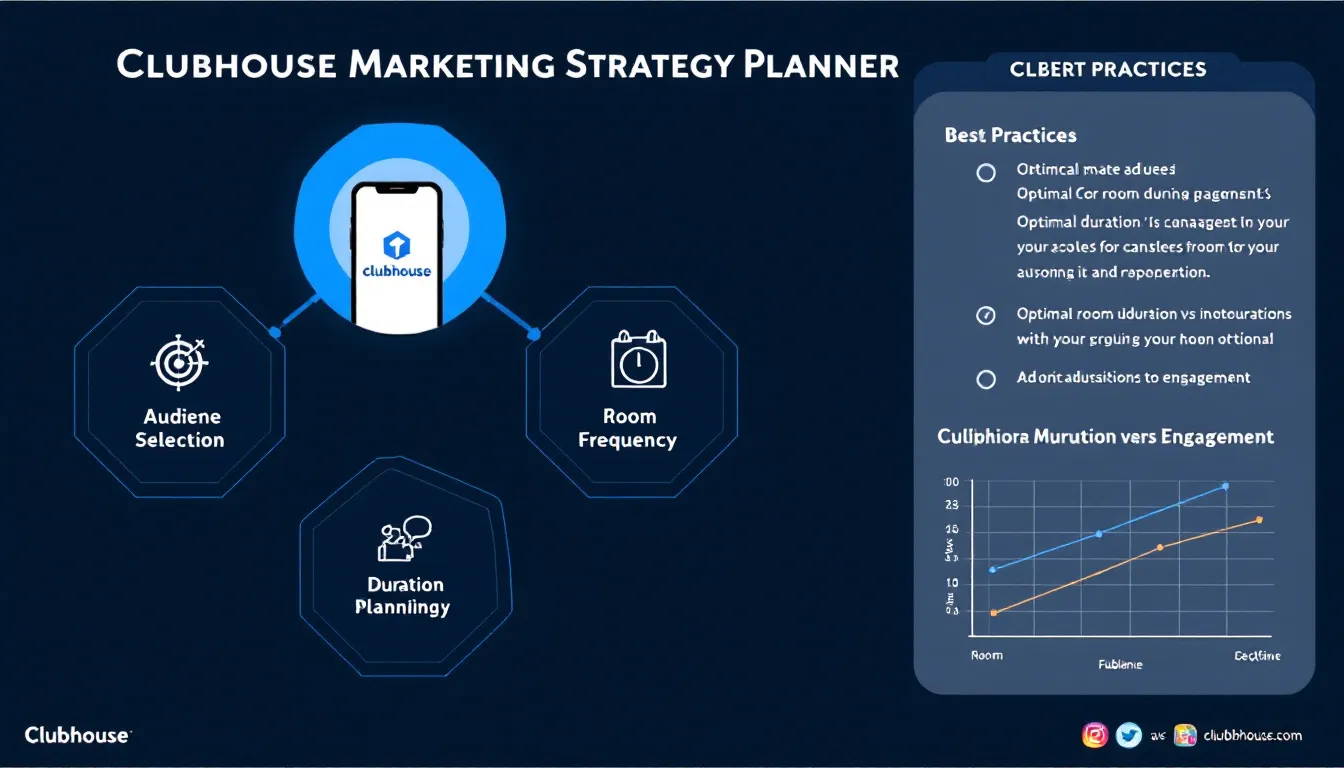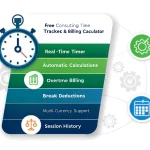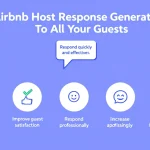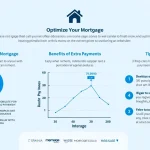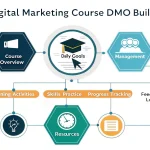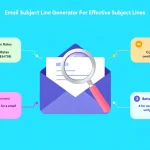Is this tool helpful?
How to Use the Clubhouse Marketing Strategy Planner Effectively
The Clubhouse Marketing Strategy Planner helps you develop clear and targeted approaches for hosting engaging Clubhouse rooms. Here’s how to fill out each section with examples to guide your inputs.
1. Main Topic Field
Enter the primary theme your discussion will cover. Keep it specific and relevant to your audience.
- Example 1: “Remote Work Productivity Techniques for Freelancers”
- Example 2: “Urban Gardening Tips for Small Spaces”
2. Target Audience Description
Describe your ideal listeners, including their demographics, interests, and what they hope to gain.
- Example 1: “Freelancers aged 22-40 seeking ways to boost productivity while balancing remote work challenges”
- Example 2: “City dwellers interested in sustainable living and growing plants in limited home spaces”
3. Room Frequency
Select how often you plan to host your Clubhouse sessions. Align this with your content readiness and your audience’s availability.
- Example 1: “Every Friday afternoon”
- Example 2: “Monthly last Saturday deep dives”
4. Room Duration
Choose a session length that suits the topic’s depth and your audience’s engagement span.
- Example 1: “40 minutes with 10-minute audience Q&A”
- Example 2: “90 minutes focused on practical demonstrations”
Understanding the Clubhouse Marketing Strategy Planner
This planner is a practical tool for content creators, marketers, and community builders aiming to design effective Clubhouse room strategies. It helps you translate your ideas and audience insights into comprehensive marketing plans that boost engagement and growth.
Key Features
- Topic Clarity: Helps define and refine your central discussion focus.
- Audience Profiling: Aligns your content with your listeners’ preferences and goals.
- Scheduling Strategy: Optimizes hosting frequency to maintain consistency and interest.
- Session Planning: Recommends suitable room durations for meaningful conversation flow.
Benefits of Using the Clubhouse Strategy Planner
1. Develop Focused Content
You create discussions that deeply connect with your audience by:
- Aligning topics with real listener interests and needs
- Structuring sessions for dynamic and relevant conversations
- Establishing a consistent hosting schedule to build recognition
2. Grow and Engage Your Audience
The planner supports audience development through:
- Targeted discussion topics that attract ideal listeners
- Regularly scheduled rooms that encourage repeat participation
- Content tailored to foster active conversation and connection
3. Manage Your Time Efficiently
Improve planning and hosting with:
- Clear content themes for easier preparation
- Predefined session lengths to balance depth and attention span
- Consistent schedules that prevent burnout and optimize workload
Addressing Common Challenges in Clubhouse Marketing
Challenge 1: Engaging Your Audience
This planner guides you to:
- Select compelling topics that resonate deeply
- Plan room times aligned with peak participant availability
- Design conversations to encourage audience interaction and feedback
Challenge 2: Maintaining Consistent Content
You’ll overcome inconsistency by:
- Setting a regular room hosting cadence
- Mapping topic sequences for natural progression
- Allocating resources to ensure reliable content delivery
Real-World Applications and Use Cases
Startup Founders Building Community
A startup accelerator uses the planner to engage founders and investors:
- Topic: “Fundraising Strategies for Early-Stage Startups”
- Audience: “Entrepreneurs and angel investors interested in startup funding trends”
- Frequency: “Weekly Fridays with guest speakers”
- Duration: “60 minutes plus 15 minutes for Q&A”
Health and Wellness Coaching
A wellness coach structures interactive sessions for stress management:
- Topic: “Mindfulness Practices for Busy Professionals”
- Audience: “Working adults aged 30-55 seeking practical stress relief techniques”
- Frequency: “Bi-weekly Wednesday evenings”
- Duration: “45 minutes with guided exercises and discussion”
Frequently Asked Questions About the Clubhouse Marketing Strategy Planner
How do I select the best topic for my Clubhouse room series?
Pick topics that relate to your expertise and meet your audience’s current interests or challenges. Stay aware of emerging trends that spark curiosity.
What is the ideal room duration for keeping people engaged?
Sessions between 60 and 90 minutes work well. They offer enough time for deep discussion without losing attention.
How often should I host rooms for sustained growth?
Hosting weekly or bi-weekly strikes a good balance between consistency and content quality.
Can I plan multiple content series with this tool?
Yes. Create unique strategies for each series, adjusting topics, audience targeting, frequency, and duration as needed.
How do I assess whether my Clubhouse strategy is successful?
Track metrics like audience growth, participation levels, session attendance duration, and direct listener feedback.
Should I vary the format of my rooms?
Yes. Mixing formats such as Q&A sessions, panel discussions, and interactive workshops keeps your audience engaged and caters to different learning styles.
Best Practices for Driving Success with Your Clubhouse Strategy
1. Plan Your Content Thoughtfully
- Develop themes aligned with audience goals
- Arrange topics to build complexity gradually
- Prepare extra points to guide conversation smoothly
2. Boost Audience Engagement
- Open with issues your audience cares about
- Add interactive elements like polls or live questions
- Follow up on listener feedback in future sessions
3. Manage Your Schedule Efficiently
- Consider time zones to maximize attendance
- Allow extra time in your schedule for rich discussion
- Maintain a consistent hosting timetable
4. Maintain Quality Control
- Regularly update and refresh your topics
- Collect and evaluate audience feedback often
- Adjust your strategy based on engagement data
Important Disclaimer
The calculations, results, and content provided by our tools are not guaranteed to be accurate, complete, or reliable. Users are responsible for verifying and interpreting the results. Our content and tools may contain errors, biases, or inconsistencies. Do not enter personal data, sensitive information, or personally identifiable information in our web forms or tools. Such data entry violates our terms of service and may result in unauthorized disclosure to third parties. We reserve the right to save inputs and outputs from our tools for the purposes of error debugging, bias identification, and performance improvement. External companies providing AI models used in our tools may also save and process data in accordance with their own policies. By using our tools, you consent to this data collection and processing. We reserve the right to limit the usage of our tools based on current usability factors.
